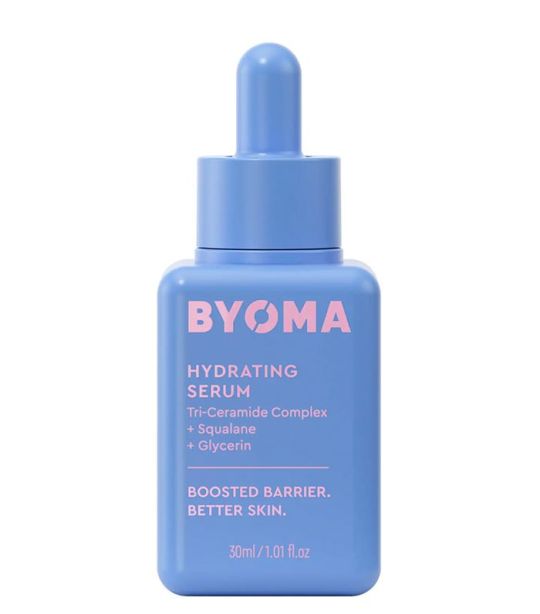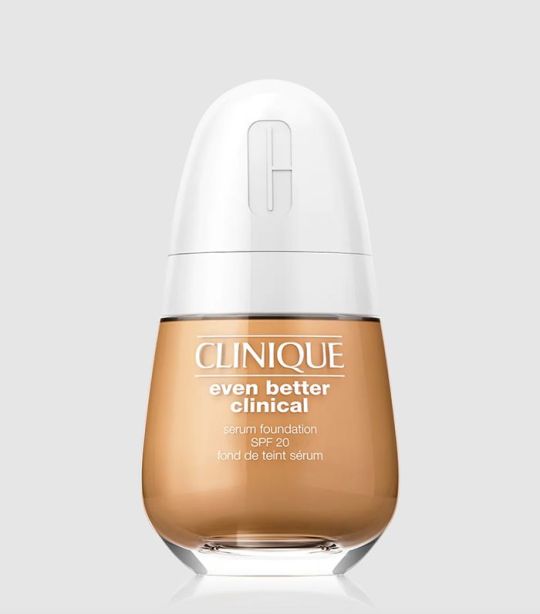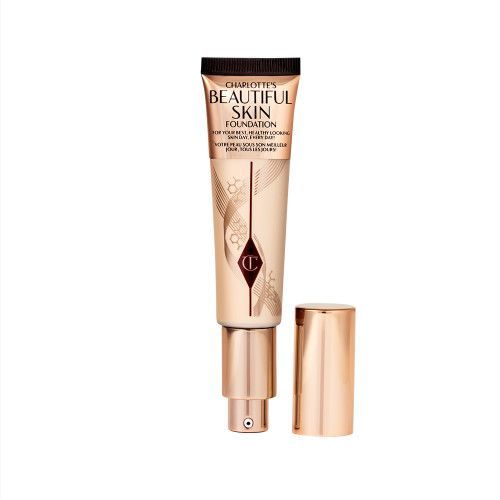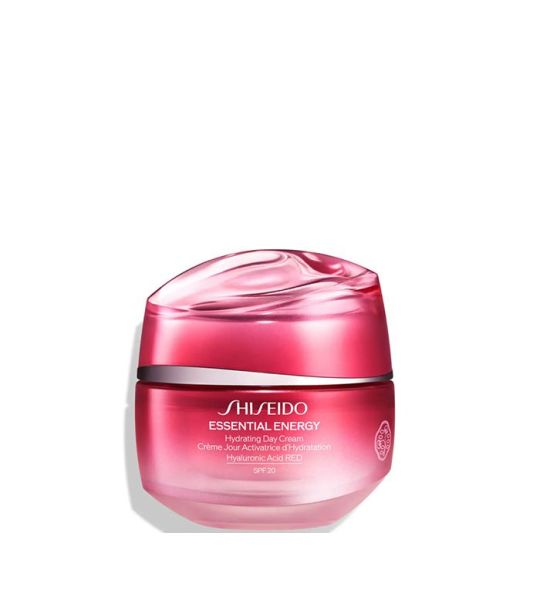April 16, 2022 at 08:00AM
Few things are more irritating than finding out the hard way that a new skincare product you had high hopes for doesn’t deliver. A few weeks ago, I overheard one of my fashion-editor friends complaining about her new SPF. She explained that she had seen beauty editors rave about it but felt let down because she was having some sort of reaction that was causing her skin to peel upon application.
I was confused. I had never heard of an SPF causing such an extreme reaction. I asked her to show me what she meant. As she rubbed the product into her skin, small balls (that, in fairness to her, did look a bit skin-like) started forming on the surface. I quickly explained to her that the good news was she wasn’t having an allergic reaction, but the bad news was her skincare wasn’t working as it should. Her skin wasn’t peeling; her skincare was pilling.
ADVERTISEMENT
ADVERTISEMENTKate Spade Autumn/Winter Sale |
“When layering skincare or makeup products, or when product textures do not agree with each other, you may experience pilling. This is when you can see the product appearing on the skin or on your hands in little bobbles,” reveals Alexandria Henderson, aesthetic practitioner and founder of CB Aesthetics.
The downside of pilling makeup is evident—bobbly, flaky foundation is not a look anybody is striving for. But it’s not just the way pilling skincare and makeup look that makes it annoying. In fact, pilling is a sign that your skincare hasn’t been absorbed properly by your skin, meaning you’re unlikely to reap the intended results.
The good news, however, is that pilling can be prevented very easily. So whether it’s makeup or skincare pilling you’re grappling with, keep scrolling to discover the six very simple ways to stop it from happening.
ADVERTISEMENT
ADVERTISEMENTSports Direct Free Delivery on All Orders! |
Silicone is a very popular ingredient in a number of skincare products. It helps to smooth the appearance of skin, leaving it feeling silky-soft. But while silicones certainly have their benefits in skincare, they also play a big part in pilling.
“Watch out for using too much silicone,” warns Helen Cowan, senior skin therapist at Dr Nestor’s Medical Cosmetic Centre, Edinburgh. “Silicone doesn’t absorb into the skin. When you apply a serum or moisturiser followed by makeup products that contain silicones, the skin doesn’t absorb the products, causing them to pill.”
ADVERTISEMENT |
Most commonly found in skin-smoothing primers, pre-makeup moisturisers and SPFs, silicones can hide in unlikely places. If a product feels particularly smoothing and silky, there’s a high chance it’s formulated with silicone. Look out for ingredients that end with “methicone” on INCI lists to spot a silicone. Dimethicone is one of the most commonly occurring silicones.)
In order to avoid pilling, it is best to avoid silicone-heavy skincare products. However, if you particularly like the way they feel on the skin, when layering skincare, be sure to use lightweight layers.



Another surefire way to ensure your skin doesn’t absorb skincare is by slathering it in thick, heavy and rich formulas. Typically, the more lightweight the formula, the more easily the skin will absorb it. “Be sure to choose lightweight skincare and makeup products that are easily absorbed by the skin if you want to avoid pilling,” suggests Spirithoula Koukoufikis, senior medical aesthetician at Skinfluencer.
If your skin is dry and benefits from using thick, rich creams but you find your products are pilling, look for lightweight, hydrating serums that contain supercharged ingredients such as hyaluronic acid, ceramides, squalane and glycerin—they deliver essential moisture without overloading the skin.
ADVERTISEMENT

ADVERTISEMENT
Anya Hindmarch - I AM A PLASTIC BAG


You may have noticed that your skincare and makeup pills particularly badly when you have applied a lot of product in one go. “Try applying a little less product,” advises Henderson. When it comes to skincare, more isn’t always more. In fact, slathering on thick layers of product, whether it be a serum, moisturiser, primer or foundation, is bound to cause pilling. The more product you apply, the higher the chances your skin won’t be able to absorb it properly.
Many people find that pilling is at its most prominent during foundation application. To help mitigate some damage, look for lightweight foundation formulas that layer well and are easily blendable.



One of the most notable reasons that products pill is because they have been applied in a nonsensical order. Certain skincare ingredients are occlusive on the skin, meaning they work by sealing in moisture rather than delivering it, and can’t be absorbed into the skin. Occlusive ingredients will also stop any products applied over the top of them from being absorbed into the skin.
“Always start with water-based products, and then move on to cream-/oil-based products. In practical terms, this means your serums should go on first and a rich cream or facial oil should be the final step in your skincare routine,” says Koukoufikis.



If you like layering your skincare and makeup and often find your products pill, it’s of utmost importance to ensure you are allowing enough time for each layer to absorb before you apply the next. “Rushing your routine is one of the most common factors in skincare and makeup pilling. By rushing, you are essentially wiping off the product you have just applied with the application of the next one. Build up a nice, smooth base slowly, giving enough time for each product to be absorbed into the skin,” says Cowan.
To help cut back on the wait time between layers, reach for fast-absorbing serums and creams.



It might seem counterintuitive, but it turns out making sure you exfoliate your skin once or twice a week will help prevent pilling. “Optimised absorption of products decreases chances of pilling. So, add an exfoliator into your skincare routine to encourage regular cell turnover and ensure skin is as healthy as possible,” says Cowan.
But be sure not to overdo it. “If you apply skincare and makeup on top of dead skin cells, your skin will struggle to absorb any of it. Exfoliate twice a week with a mild exfoliator to remove dead skin cells,” recommends Koukoufikis.



Next up, these are the only 16 exfoliators that actually help get rid of my blackheads.
Author Shannon Lawlor | Whowhatwear
Selected by CWC
ADVERTISEMENT
ADVERTISEMENTUp to 30% off Gift Sets |








